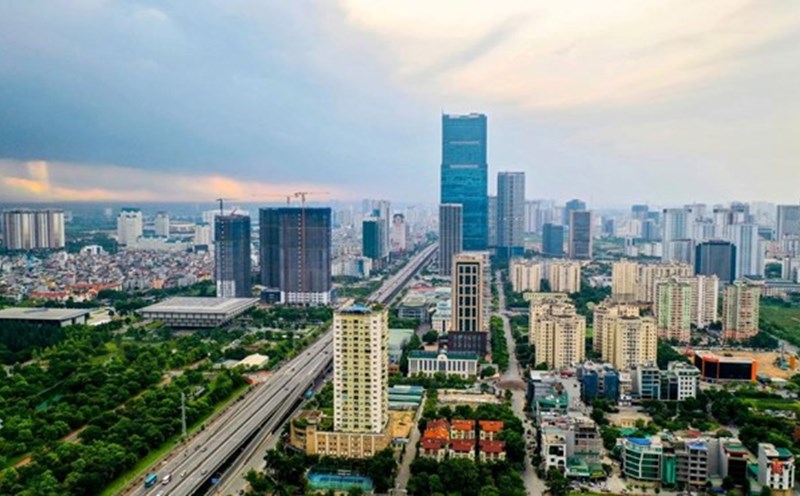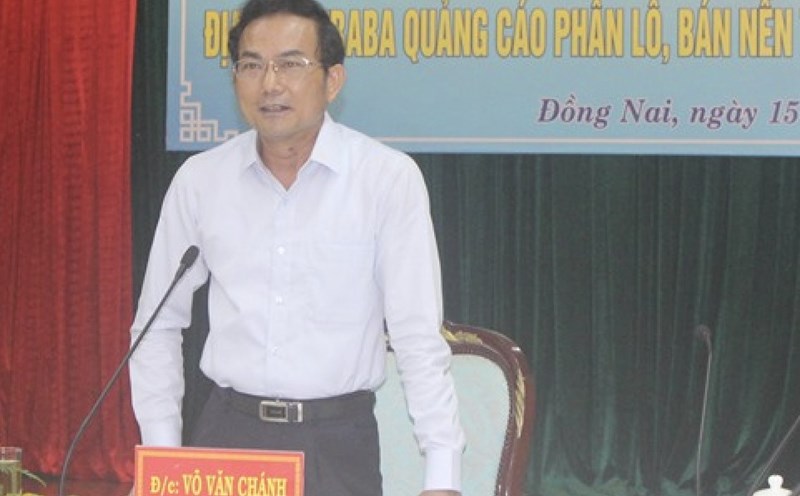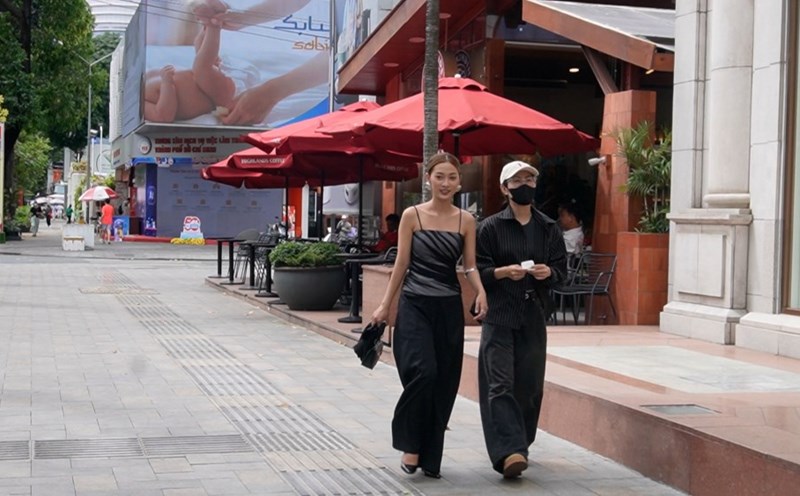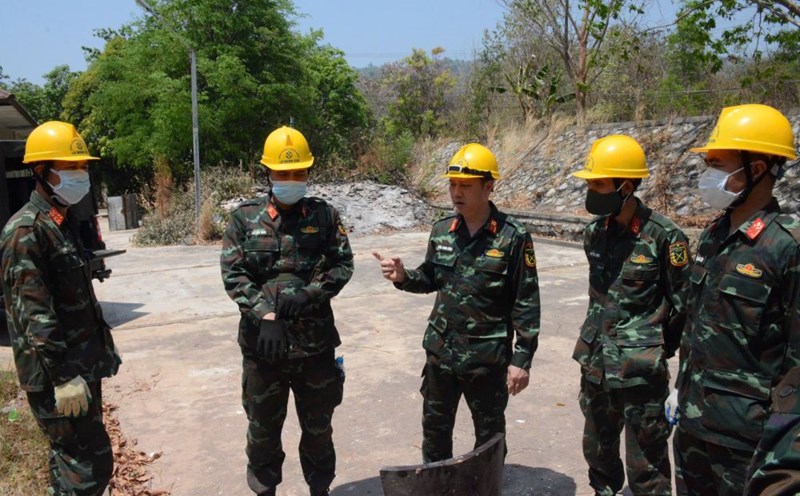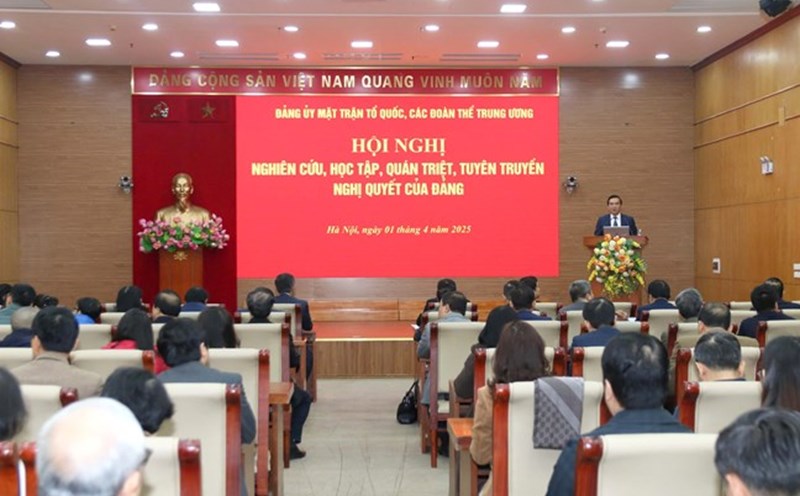Immersed by the beauty of nature
After the Da River was blocked from flowing to form a hydroelectric project, Hoa Binh Lake became a modern breakwater for the Hoa Binh tourism picture. With a water surface area of about 9,000 hectares, the reservoir is spread over the districts of Cao Phong, Da Bac, Tan Lac, Mai Chau and Hoa Binh city.
The Hoa Binh Hydropower Project is located in Hoa Binh City, inaugurated in 1994, with a total installed capacity of 1,920 MW, producing an average annual electricity output of more than 8.16 billion kWh. This was the hydropower plant with the largest capacity in the country, the "conductor" of the Vietnamese power grid system at that time, contributing significantly to ensuring national energy security.
Continuing the journey, from Hoa Binh City to the Northwest, the Da River begins to create an impressive scene with the immense hydroelectric reservoir and waves. From here, a majestic painting, originally free-flowing of the Da Giang River, appears, that is the Thung Nai landscape.
Located in Cao Phong district, Thung Nai has become an ideal destination for those who love and want to enjoy the wildness and beauty of Hoa Binh lake. Previously, this place had a terrain completely on the mainland with a rocky mountain range like many other localities in the Northern mountainous region.
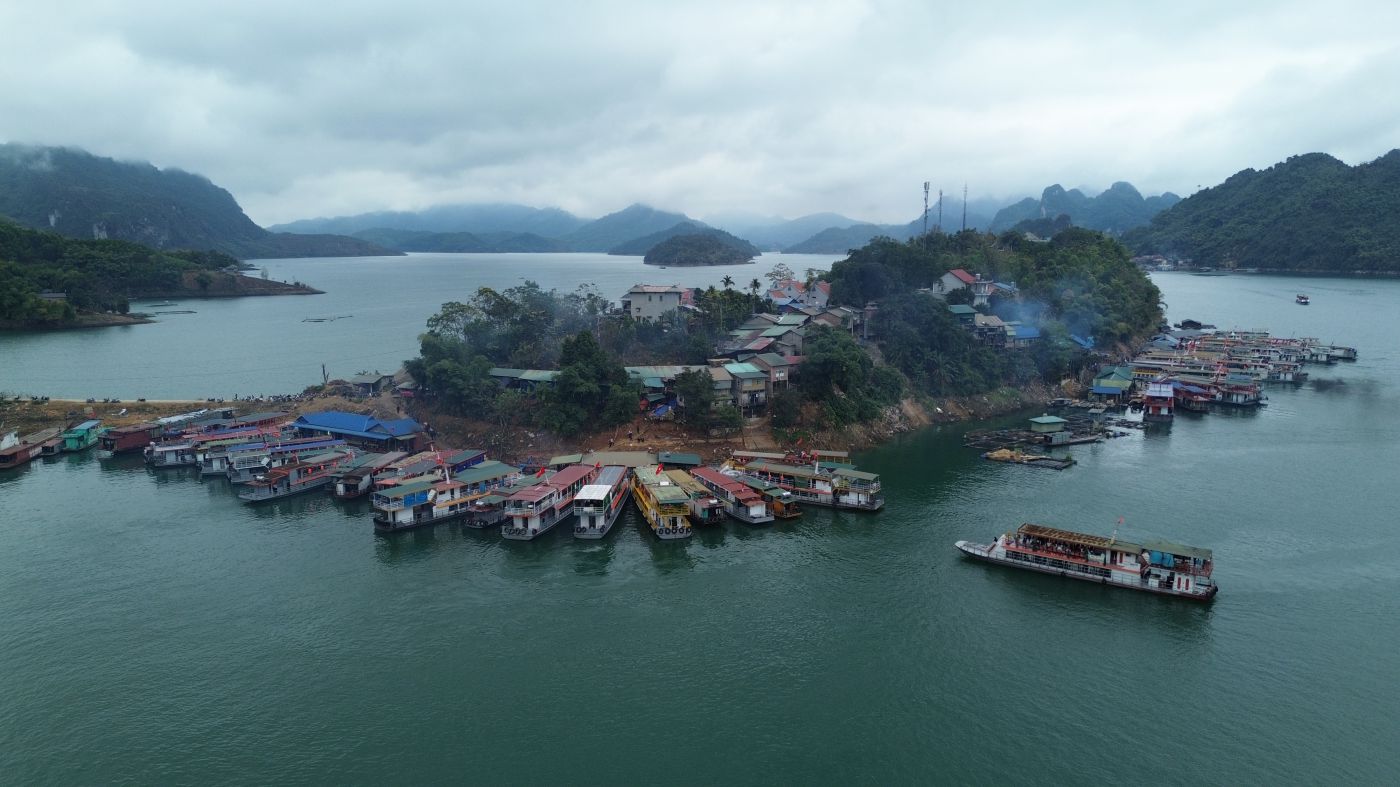
However, since the 80s of the last century, when the Hoa Binh hydropower plant was built, Thung Nai has been surrounded by limestone mountains like islands emerging in the water, because of the blue color of the hydroelectric reservoir water. Therefore, it is also known as "Ha Long Bay on the shore", a green gem in the middle of the lake.
Indeed, Thung Nai is so beautiful that it is heart-stopping, the lake's water surface rolls like waves every morning or the sunlight dyes a corner of the sky red in the late afternoon, creating a magical scene like a vivid natural painting. The peaceful and quiet beauty of this place makes anyone stunned, immersed in the wonderful space of mountains and forests and immense waves, as if time stopped in an moment. Thung Nai not only makes people admire its wild beauty but also has long-standing historical and cultural relics.
Located next to Thung Nai is the Bo Waterfall Temple - a spiritual tourist destination not to be missed when visiting, sightseeing, and sightseeing Hoa Binh Lake. According to legend, the Bo Waterfall temple worships Mrs. Dinh Thi Van, a Muong ethnic group and a Dao ethnic group in Vay Nua commune (Da Bac district). The two women had helped King Le Loi return to his army, with boats crossing Bo waterfall, marching to Muong Le (Son La) to put an end to the chaos of the Cat Han Pass. When they died, the two women often sublimated to help the people control the water, cross the waterfall safely, and grant Muong region favorable rain and good winds. The people conferred the two women as Saints and built a shrine.
According to the Department of Culture, Sports and Tourism of Hoa Binh province, every year, the Thac Bo Temple festival takes place from the 2nd of January to the end of the 3rd lunar month, attracting a large number of tourists from all over to offer incense, pray for peace and fortune. There are days when this spiritual tourist destination welcomes more than 4,000 visitors.
The Bo Waterfall Temple has the majestic beauty of nature combined with the sacredness of folk beliefs, creating a mysterious space that attracts visitors from the first steps. The Bo Waterfall Temple is not only a spiritual destination, but also a place to preserve profound cultural and historical values.
Culinary characteristics of the lake area
A Northwest tour cannot be without the wonderful culinary experience of the Muong people in Hoa Binh, enjoying mountain and forest specialties such as: Steamed chicken with lemon leaves, locally grilled pork with honey displayed on banana leaves, boiled bamboo shoots, cooked rice, cat apple wine, wild vegetables to enhance fish intestines... Especially the famous grilled fish of the Da River that captivates the hearts of many tourists from near and far.
According to the long tradition of the Muong people in the lake area, catching shrimp and fish every day is an indispensable part of life. To have a year-round source of shrimp and fish, people have created the method of smoking and grilling. From simple daily dishes, the Muong people have raised the level of charcoal grilled fish to a specialty, attracting tourists from all over.
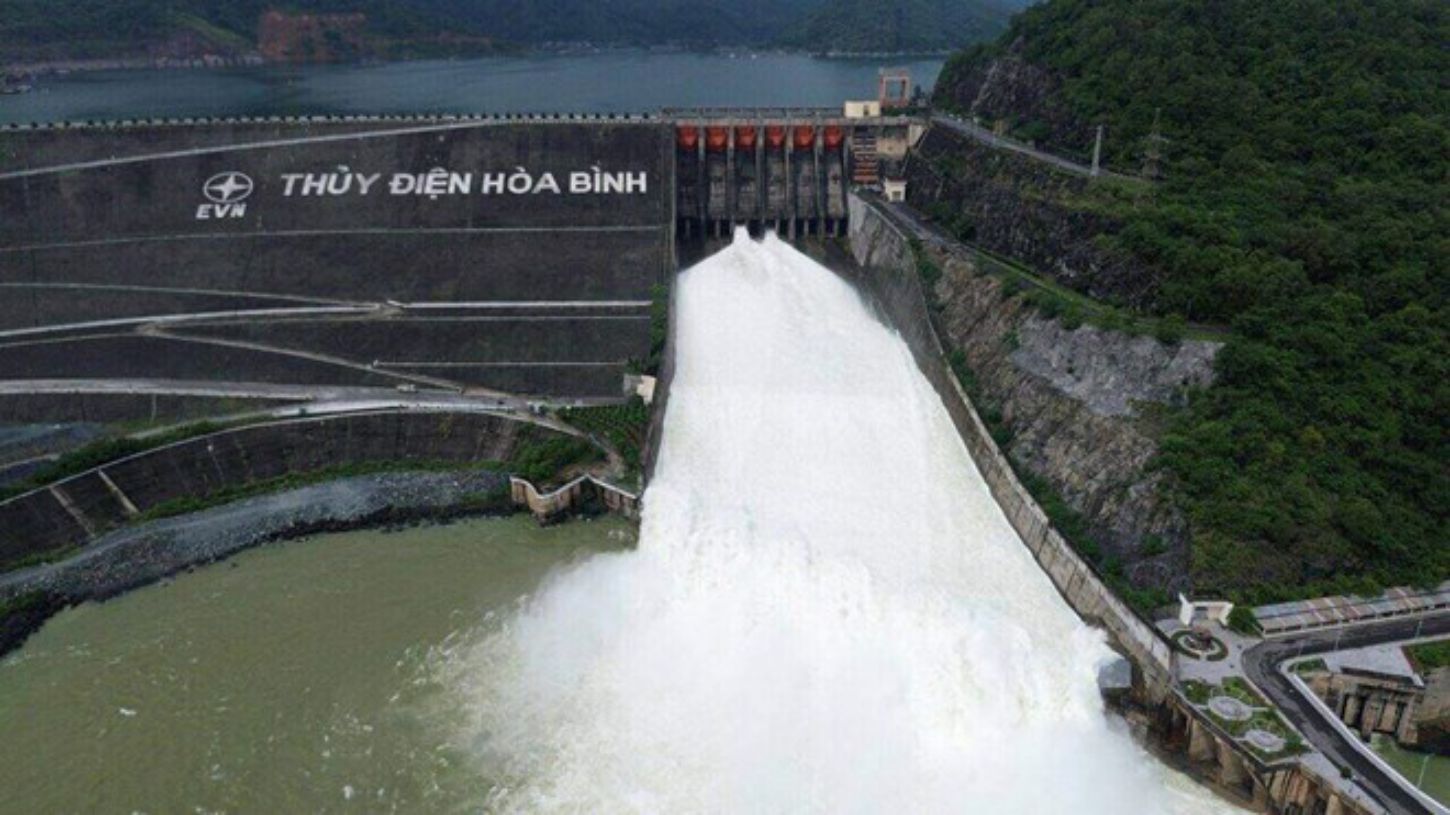
When traveling to Hoa Binh Lake, visitors can't help but be attracted by the sight of rows of grilled fish stalls along the lake, sparkling with pink coal, giving off an attractive aroma that captivates all senses. Each fish is cleverly seasoned with salt and seasoned with typical spices such as ginger, lemongrass, rieng, onions, and Doi seeds, creating a special flavor of the Northwest specialty. Fish grillers must be skillful in charcoal fans, turning the fish continuously, so that the fish meat is even, not burning and not being overly envious by smoke, to retain the delicious, seductive natural flavor.
Grilled fish is available everywhere, but only grilled fish in Hoa Binh Lake can truly absorb the typical flavor of the Muong ethnic group. The simple restaurants next to the fiery coal stove, with grilled gold fish sticks, became an unforgettable image of the land by the lake. Visitors can sit around the charcoal stove, waiting for the fresh fish to heat up, just grilled, giving off a burning smoke. The fish is cut into small pieces, dipped in chili salt or Doi seed salt, bringing a rich flavor.
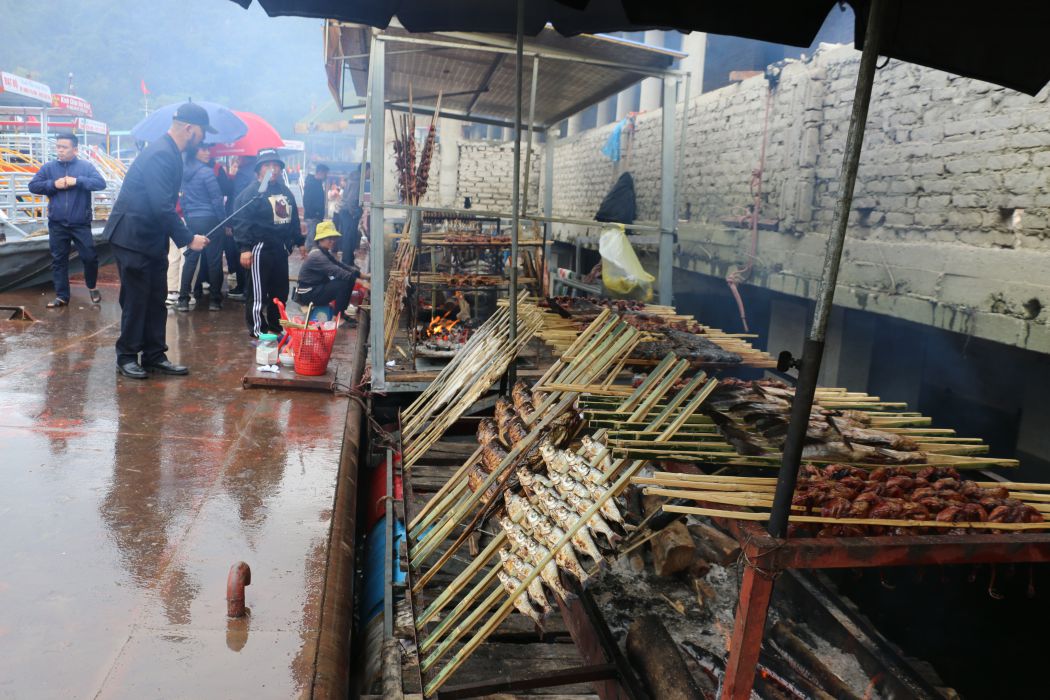
Here, visitors can enjoy the typical grilled fish on a boat, while immersing themselves in the vast beauty of the lake, sipping a little spicy wine. It is difficult for any experience to keep up with the trip to Hoa Binh.
Ms. Quach Thi Kieu - Director of the Department of Culture, Sports and Tourism of Hoa Binh province - said that thanks to the development of tourism, the lake area has also changed, and people's lives have also improved. Agricultural products and goods of the people of the lake area are also popular with tourists.
Currently, the province is gradually exploiting the strengths of the lake area, striving to develop Hoa Binh Lake tourism area worthy of its inherent potential, becoming an attractive destination for domestic and international investors and tourists in the coming time, Ms. Kieu added.

